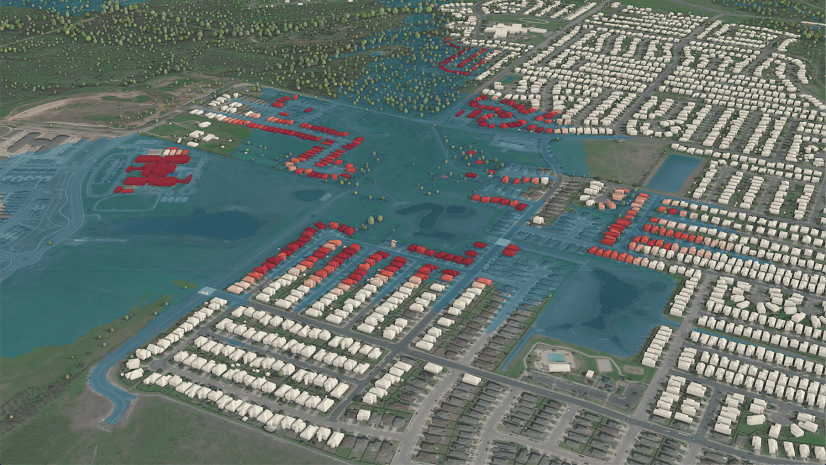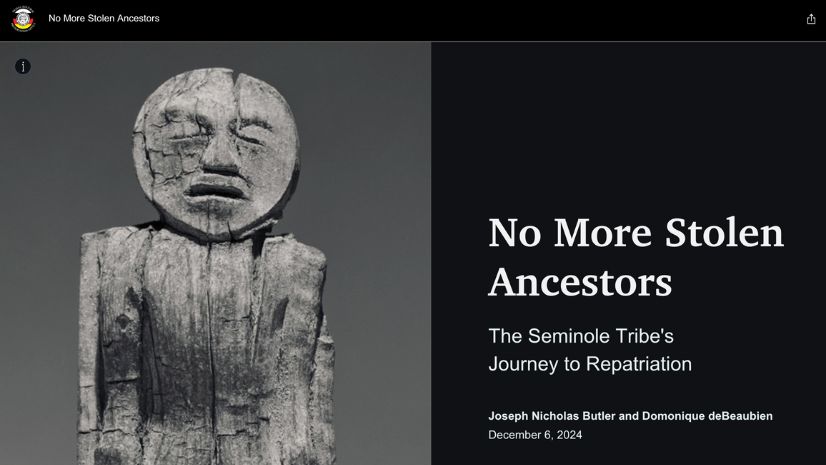If you attended this year’s Esri User Conference in San Diego, you must feel as inspired as I do. I highlighted many health GIS trends and now I’d like to share my findings through this Trends in Health GIS blog series. This series will delve into each of the four key trends discussed at the conference, starting with the opioid epidemic. Today, we explore how Geographic Information Systems (GIS) are playing a transformative role in addressing this ongoing crisis, offering hope and actionable insights for communities and policymakers alike.
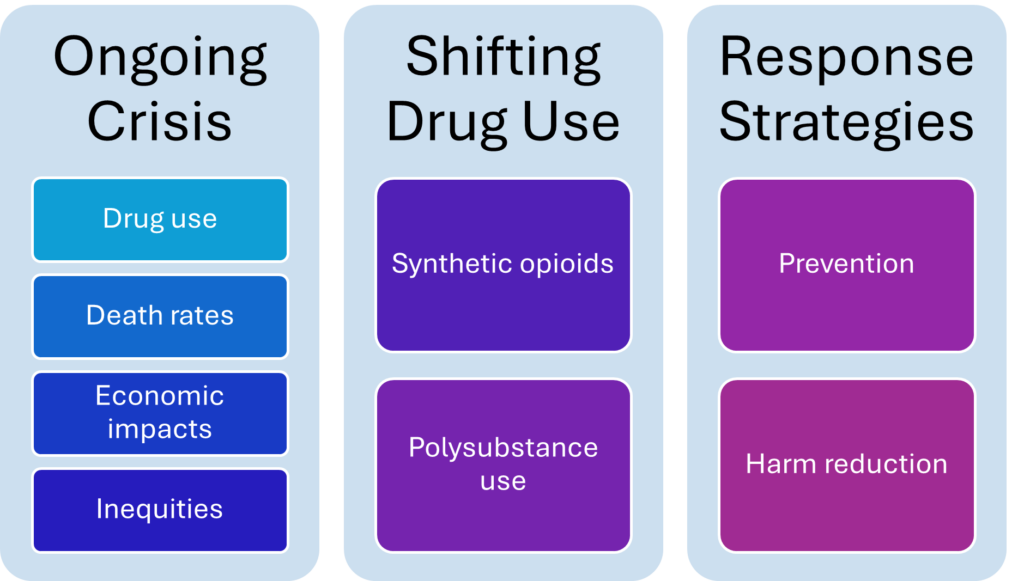
A Continuing Crisis
The opioid epidemic remains one of the most pressing public health crises of our time, with its devastating effects felt across communities worldwide. Despite ongoing efforts to combat this issue, the epidemic has only grown more complex, particularly with the rise of synthetic opioids like fentanyl and increasing polysubstance use. As we recognize International Overdose Awareness Day on August 31, 2024, it is a good time to reflect on the current state of the crisis and explore the latest solutions that can help mitigate its impact.
Understanding the Scope and Patterns of Drug Use
The opioid epidemic has evolved dramatically over the years, with alarming increases in overdose deaths and a significant shift in drug use patterns. Provisional data for 2023 indicates a 3% decrease in opioid deaths compared to 2022 deaths, which is great news. This is the first decrease we’ve seen since 2018. But before we get too optimistic, some states are still seeing increases in deaths, and fatalities from cocaine and psychostimulants like methamphetamine are also on the rise.
While the terrible loss of life is tragic enough, the economic impact of this crisis compounds its staggering toll, with the total cost estimated at $1.5 trillion in 2020. This includes healthcare expenses, criminal justice costs, and lost productivity. Opioid addiction and misuse can happen to anyone but certain demographic groups, such as military veterans, people with disabilities, and those in lower socioeconomic strata, are disproportionately affected.
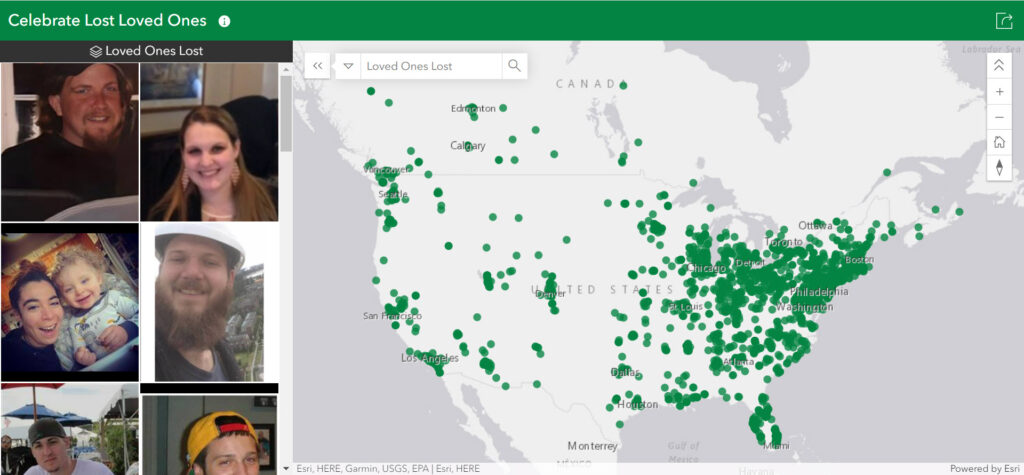
The crisis is not confined to the United States. Globally, around 60 million people use opioids, and the proliferation of highly potent synthetic opioids has exacerbated the situation, leading to increased overdose deaths in several countries. The complexity of this epidemic requires a multifaceted approach, and GIS is a powerful tool in this fight.
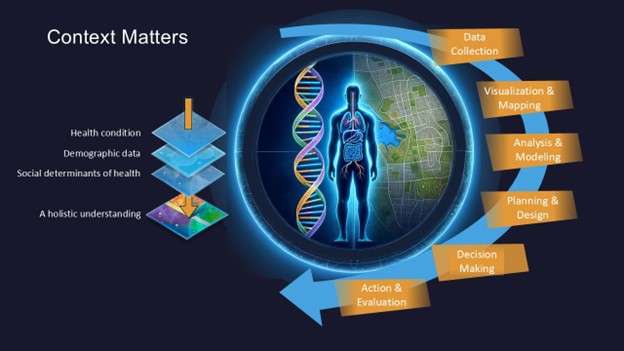
GIS: A Tool for Understanding and Action
GIS has proven invaluable in mapping and analyzing opioid misuse patterns. By leveraging data from various sources like medical claims, overdose reports, and prescriber information, GIS enables public health professionals to visualize the situation and identify hotspots of opioid misuse. This spatial understanding facilitates relevant approaches for specific communities.
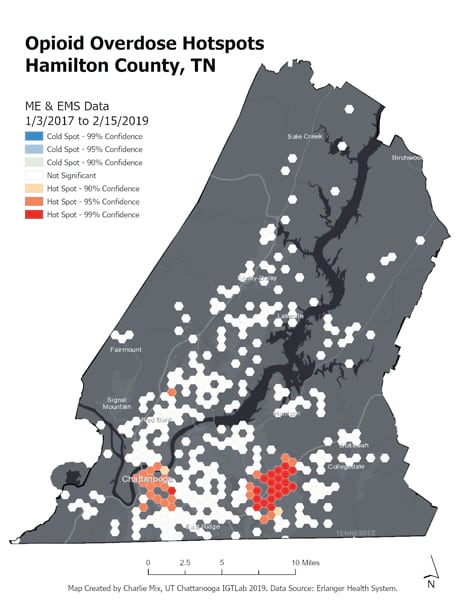
One innovative application of GIS in this context is the analysis of wastewater data to track the presence and relative amounts of opioids and their metabolites in different communities. By mapping this data, public health officials can gain real-time insights into drug use trends, allowing for more agile and targeted responses. For instance, if a particular area shows a sudden increase in opioid levels, resources such as harm reduction services and treatment programs can be quickly deployed to that location.
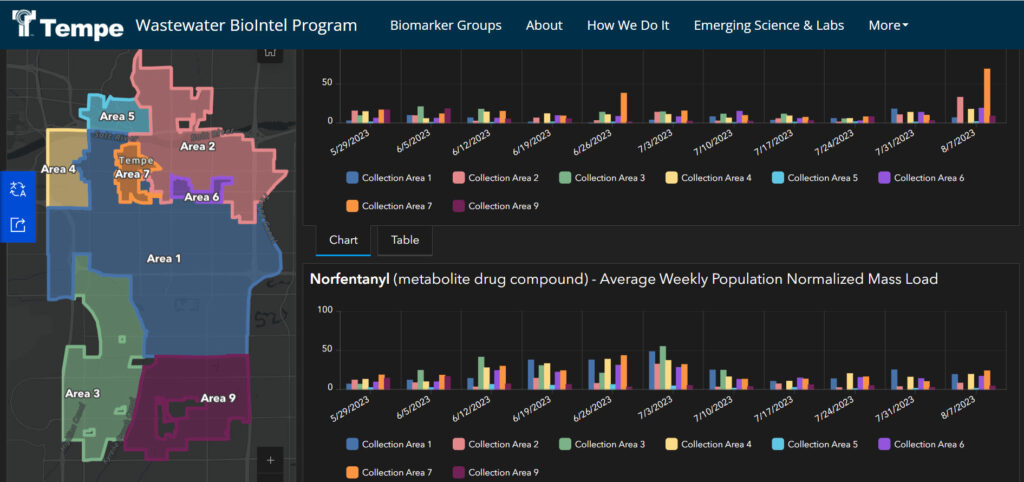
Supporting Harm Reduction Efforts with GIS
Harm reduction is a critical component of the response to the opioid epidemic, and GIS is playing a key role in enhancing these efforts. One of the more novel applications is the use of GIS to optimize the placement of harm reduction vending machines. These machines, which dispense free supplies like naloxone kits and fentanyl testing strips, provide an anonymous and accessible way for individuals to obtain life-saving resources. By using GIS to overlay data on overdose hotspots and vulnerable populations, public health agencies can identify ideal locations for these vending machines. This ensures that the supplies reach those who need them most, potentially saving countless lives. Moreover, advanced GIS tools like ArcGIS Velocity can track the usage of SMART vending machines in near real-time, allowing for rapid restocking and continuous monitoring of demand and use. Healthbox in Canada shares their work here.
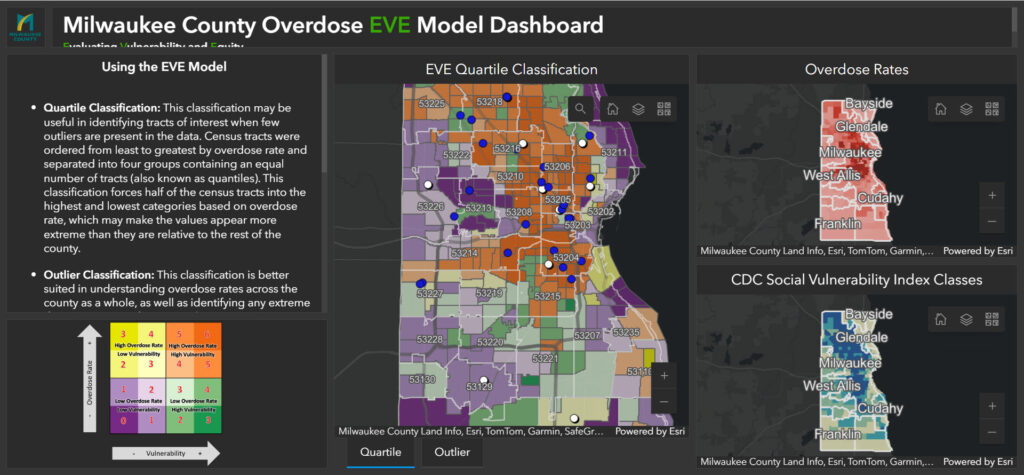
GIS can also be used by those embracing recovery-oriented harm reduction with medication-assisted treatment (MAT). By mapping the availability of MAT services as a digital resource, individuals in need can swiftly connect with life-saving treatments and long-term recovery support. Importantly, this GIS-based resource can also play a pivotal role in care coordination by empowering Emergency Medical Services (EMS) and first responders who initiate buprenorphine treatment following an overdose to immediately connect patients to long-term MAT services, improving their likelihood of success by addressing the complex challenge of care coordination.
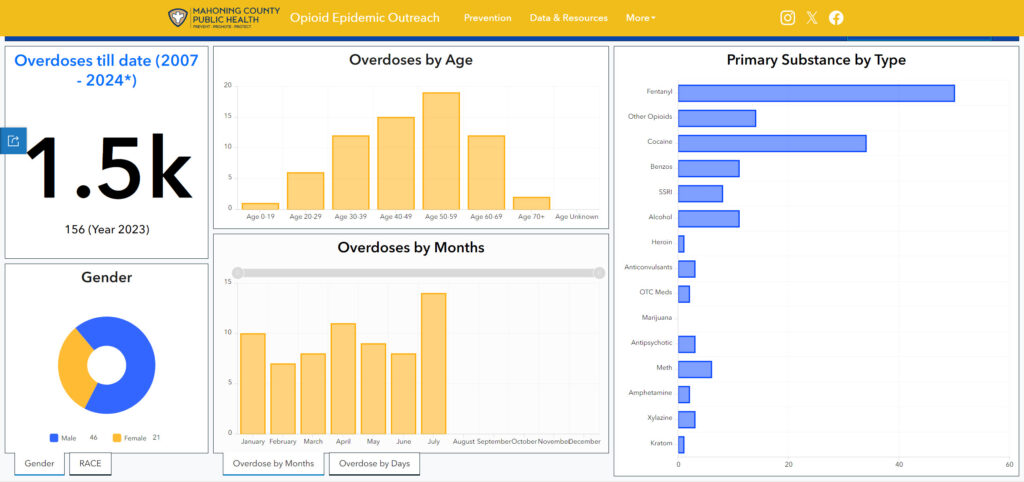
The Power of Spatial Thinking in Addressing the Opioid Crisis
As we continue to grapple with the opioid epidemic, traditional approaches alone are not enough. GIS offers a unique and powerful perspective, enabling us to understand the spatial dimensions of the crisis and respond more effectively. Whether through mapping drug use patterns, supporting harm reduction efforts, or optimizing resource allocation, GIS is helping to shape a more informed and strategic response to this ongoing challenge. Notably, your opioid settlement dollars and/or your Overdose Data to Action (OD2A) funding could help support a GIS program for your jurisdiction. If you would like a consultation, contact us at healthinfo@esri.com.
This blog is just the beginning of our exploration of the critical trends in GIS for Health. Stay tuned for the next installment, where we will dive into another key issue facing public health today. In the meantime, let us all reflect on the importance of International Overdose Awareness Day and renew our commitment to finding innovative solutions to the opioid crisis. With the power of spatial thinking and the collaborative efforts of communities, there is hope for a better future.

